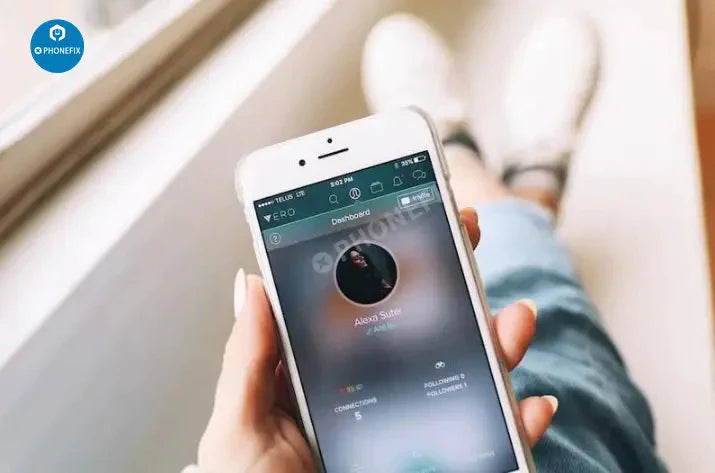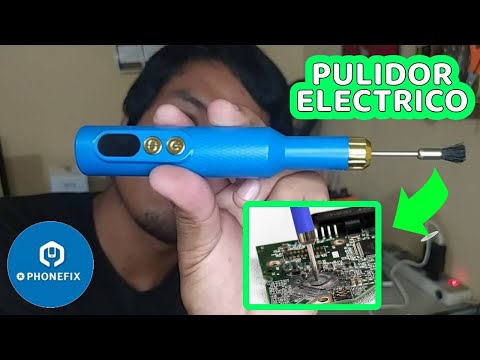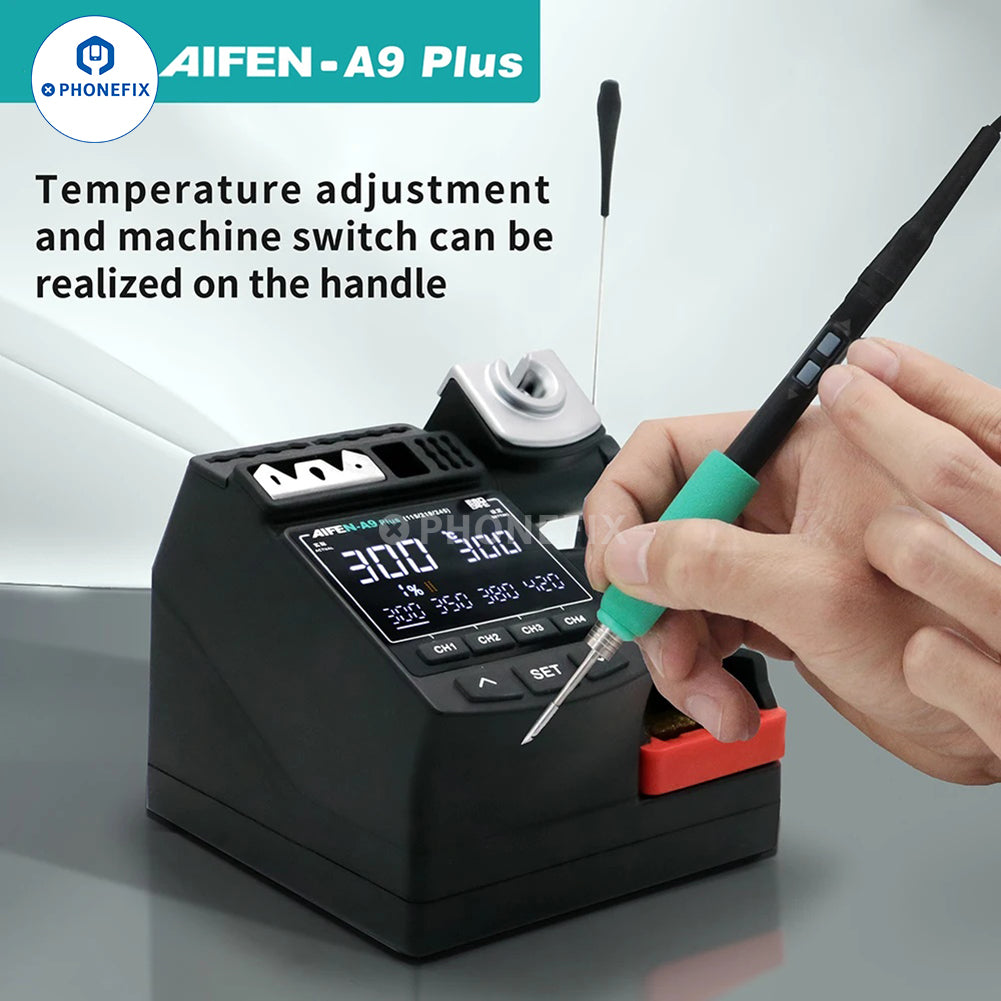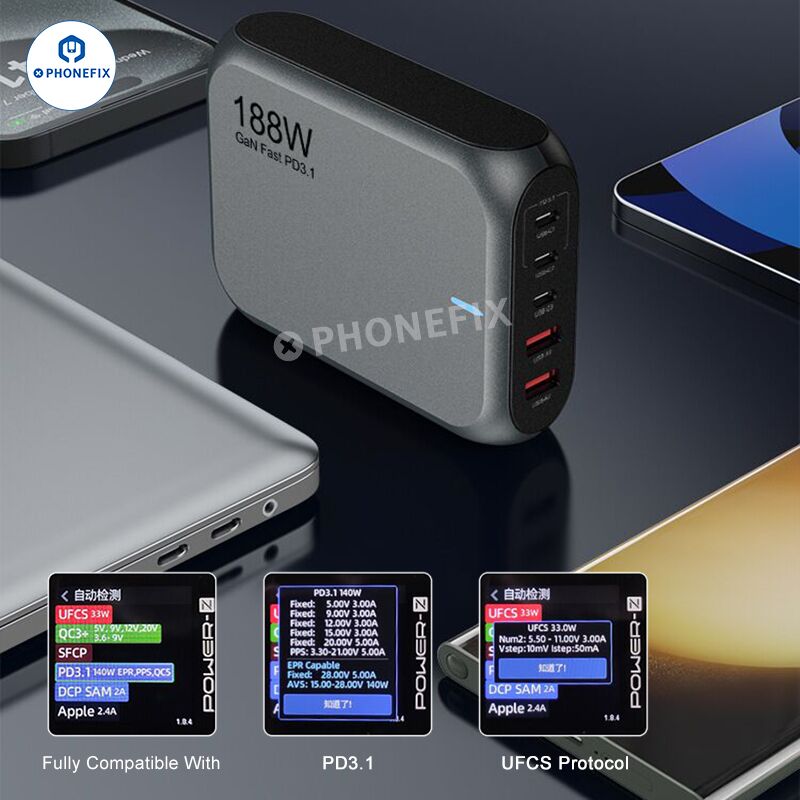Face ID has been applied to latest iPhones, including iPhone XS, XS Max and XR. With Face ID system, users can unlock their devices by scanning and confirming facial identity whether you are wearing a hat, putting on glasses or you are in the dark. It’s exciting new technology, but what if yours is malfunctioning.
Once water damaged or exposed to a relatively humid environment, there might be electricity leakage or short-circuit problem that can result in Face ID failure. If there are Face ID lower/higher issues, i2C V8 Dot Matrix Flex Cable can used to repair it.
What’s more, most of the Face ID parts are made of glass. Once dropped, Face ID is most likely to be unavailable.
Face ID System
There are 8 components packed into the front of the phone. Dot Projector; Front Camera; Speaker; Ambient Light Sensor; Microphone;Infrared Camera; Flood Illuminator; Proximity Sensor. 
It is the flood illuminator, the proximity sensor, the ambient light sensor, the iPhone XS speaker and the microphone that are located on the display assembly. The infrared camera, the dot projector and the front camera are located on the back glass assembly.
Face ID Fault-finding
Damage of any component will cause Face ID failure when disassembling or repairing the phone.
1. The Phone XS Dot Projector
Since the necessary power supply is needed for the chip on the right side to work normally, once water damaged, circuits here are most likely to get short. Which can also result in Face ID not working.
The chip on the left is used to store data, whereas the chip on the right side acts just like a projector. We can see that there are thousands of dots arranged here. The infrared light is emitted from here.
The chip is exposed without black adhesive seal. So it can be easily damaged once water-damaged or dropped. You can use JC V1S dot projector board can detect whether the dot matrix projection of the face is working.
2. Disassemble The Dot Projector
The outer layer of the dot projector is sealed with resin and protected by metal welding techniques. These welding points can easily fall off once the phone is dropped. And once off, they cannot be restored.
Once the dot projector has been detached and place it on Qianli Dot Matrix Repair Fixture, we can see a crystal that looks just like a diamond lens. The infrared light is emitted from here. Then reflected by the crystal. Its projection range is determined by the lens afterward.
3. The Crystal Part of the Dot Projector
We can see that there is a concave lens and a convex lens on the crystal. And the two are made of glass. Once dropped, Face ID can also be affected.
When assembling the phone, the fold of the speaker flex cable should be placed correspondingly in the slot on the display assembly to prevent the cable from getting broken, or it will result in the failure of Face ID.
4. Disassemble The Flood Illuminator Module
There are many holes on the flood illuminator that are arranged in a matrix of 11×11. Once water damaged, these holes can be blocked. And you will be faced up with Face ID failure.
5. Chips On The Flood Illuminator Module
The four chips are indispensable. Chip 1 is an unencrypted chip. Chip 2 is the flood illuminator. Chip 3 and Chip 4 are proximity sensors that are responsible for receiving and transmitting respectively.
Face ID can be easily damaged. Please be very careful in daily use. Make sure the phone is protected from water-damage or heavy falling.
Repair technicians must exercise caution when repairing the logic board or replacing the display assembly.
Fix Common iPhone XS Face ID Not Working












